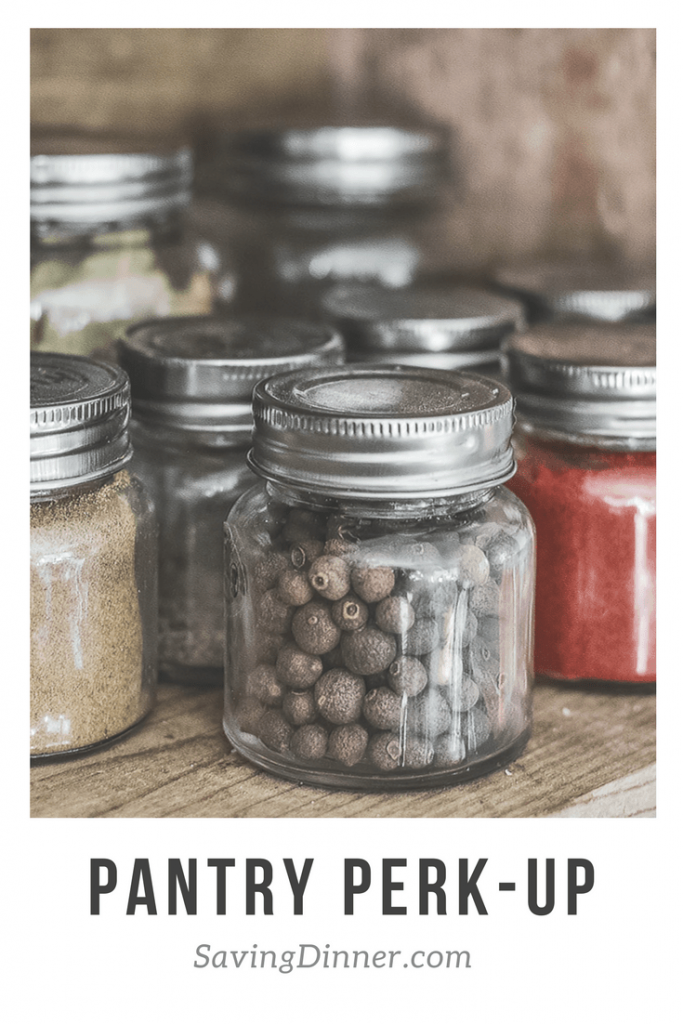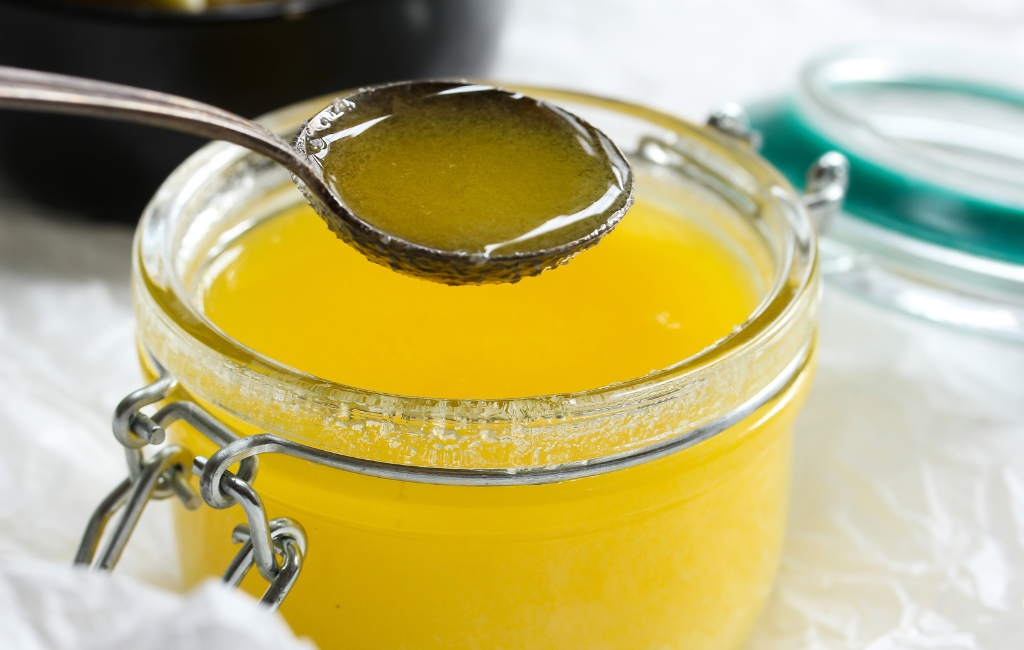How to Properly Load a Dishwasher

Okay–this is a regularly occurring “discussion” in my house and I’d like to publicly declare that neither one of us, at this point in life, knew how to properly load a dishwasher–until now. I must say, I am fairly gobsmacked and that doesn’t happen very often. Yes, my friend…there is a right way and there […]
Kitchen Cleaning Tips

I like to keep a clean kitchen, but every few months I just love giving the kitchen a good scrub down and getting everything all freshened up organized. And now that the holidays are upon us, it’s time to get to work. Kitchen cleaning tips. Scrub the cast iron. A good cast iron pan will […]
Pantry Perk-Up

Do you remember that nursery rhyme about uncooperative Mary? It goes like this: Mary, Mary quite contrary, how does your garden grow? With silver bells and cockle shells and pretty maids all in a row. I don’t know what a cockle shell is and right now my garden is in need of a cleanup, but […]
7 Tips for Reducing Food Waste

Hands up if you ever questioned your parents when they told you not to waste your food because there are people starving in Africa. As a child this really doesn’t make a lick of sense. How can the food I don’t eat help a starving person? Are we actually going to ship our leftovers to […]
6 Hot Tips To Avoid Freezer Burn
(and stop throwing away your $$)

Have you ever removed a tray of meat from the freezer only to find discoloration and ice crystals? If you’ve forgotten about a carton of ice cream in the freezer for any length of time, you may have opened it to find its surface covered in ice. Freezer burn, we tend to call it. Freezing […]
Back to Basics: 3 Kitchen Appliance Must-Haves

This post contains affiliate links. If you purchase through my link, I will receive a small commission at no additional cost to you. With packing up to move to our new home this week, it has me thinking again about the kitchen basics. What kitchen essentials does any college kid, newly married couple, or just […]
Back to Basics: Teaching Basic Table Manners to Children

You know how I feel about making dinner an event in your home. I’m a firm believer in getting everyone around the table together for dinner to reconnect with each other, discuss the day’s events, and to nourish our bodies with good home-cooked food. A few weeks ago I talked about the importance of learning […]
Back to Basics: Kitchen Knives

One of the most overlooked techniques in cooking has to do with using a knife. A lot of people use the wrong knife for the wrong job. Not only that, but they cut inefficiently and don’t give technique its proper due, creating a much longer prep process than necessary. The fix? Use the right knife […]
What Is Ghee and How Do You Use It?

One question that I get all the time is “what is ghee and how do you use it?” People also ask me “what’s the difference between ghee and butter?” Well, what I’m holding in my hands in the video above are two grass-fed products which is very, very important. This is how you’re going to […]